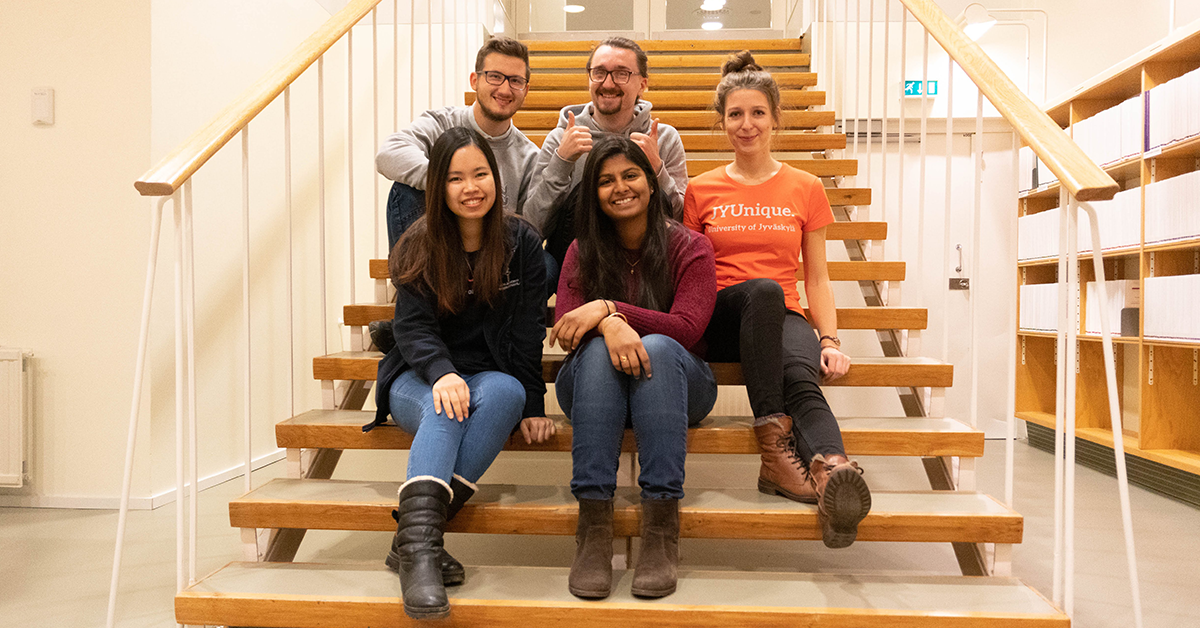Key Takeaways from Studying in Finland
Back in 2017, I stepped into Finland with the curiosity to learn and experience the Finnish education system by pursuing a Master’s degree in educational sciences at the University of Jyväskylä. Two years in the winter wonderland left me with loads of memories, experiences, and learnings. I was inspired by many aspects of Finland’s education system both at the university and school level. The three outlined aspects have had a great impact on me.
1. Less hierarchy, more collaboration
“Janne, I have a question!”
“Mikko, can we set up a meeting tomorrow?”
Dropping the prefixes of “Sir/Madam/Mr./Ms/” and addressing people by their first names in schools and universities irrespective of their designation was the first thing I learned in Finland. It was surprising at first but later I realized that it leads to a casual and informal atmosphere where conversations happen more easily over coffee and lunch, which in turn, results in more collaboration. In schools, teachers collaborate across subjects and grades, principals collaborate across schools in the municipality. While at the university, students, lecturers, and researchers collaborate across different disciplines for projects and research. These collaborations lead to effective and good quality outcomes. One such collaborative project was the Erasmus + project “Everyday Creativity” where I worked together with professors, researchers, organizations, and school teachers from different countries and co-edited a teacher’s handbook to enhance creativity and innovation in their classroom (read it here).
2. Learning never ends
“Why are you doing a master’s degree now?”
“Because learning never ends” answered my 55 year old classmate.
“Knowledge is never-ending” is evident with the Finnish government’s adult education courses ranging from painting and knitting to languages and life skills. The acrylic painting course I took at the adult education centre in Jyväskyla led to friendships with a budding artist, a 70-year-old grandfather painting his grandson, an old couple spending their leisure time painting and many more. The universities don’t have an age bar when it comes to learning, in fact, they encourage people with experience to join. I was inspired and realized that an environment with people from different courses of life fosters knowledge and creativity. This motivated me to make lifelong learning a habit in my personal life and to keep exploring new courses.
3. With more freedom, comes more responsibility
“You need 120 credits to complete the degree and these are the list of courses”
“But which courses should I choose, all of them look interesting?”
“That is your choice”
The mindset to make your own choices and decide for one’s self was scary at the beginning of my studies at the University of Jyväskylä, as my previous education experiences had trained me to follow prescribed structures and procedures. This was newfound freedom that came with a responsibility that equipped me to make informed decisions. While Finnish schools do follow a set curriculum, there is the freedom to choose, express and explore a given topic in a variety of forms that the students are interested in.
Currently, as an Educational Lead at New Nordic School, I am able to empower others in these crucial components of Finland’s education system in India!

Nikita Gonacharenko, Do Thuy Linh, Linda Stenzel, Oleksiy Kovalenko, and Gomathy Soundararaj

Kristof Fenyvesi, Gomathy Soundararaj, Tamás Péter Szabó, Tea Kangasvieri
By Gomathy Soundararaj
Educational Lead, India
[email protected]
New Nordic School